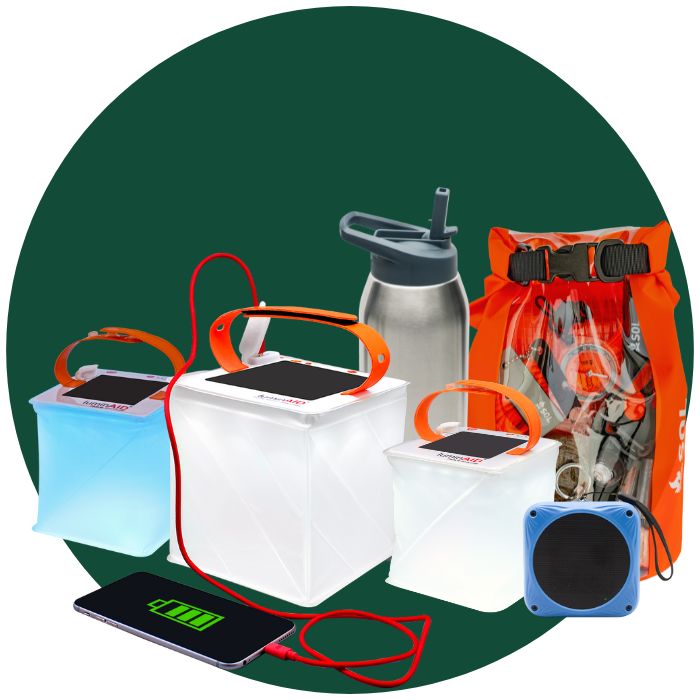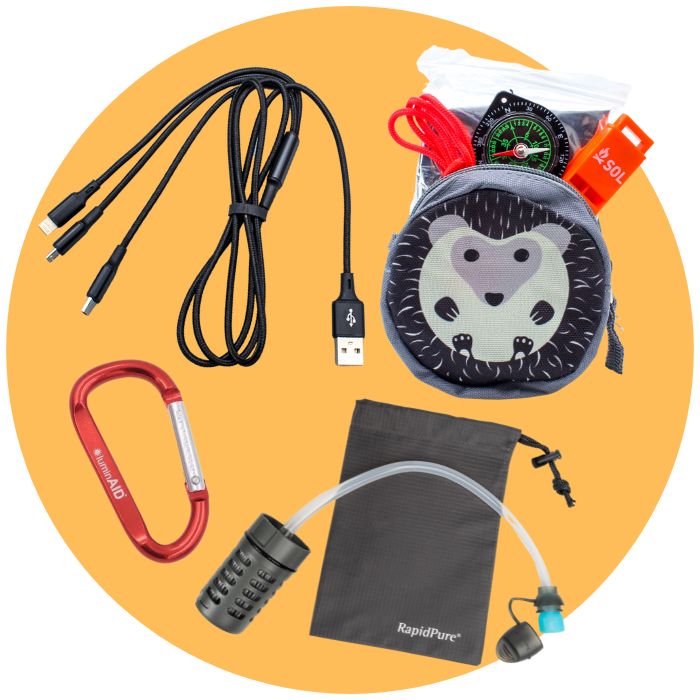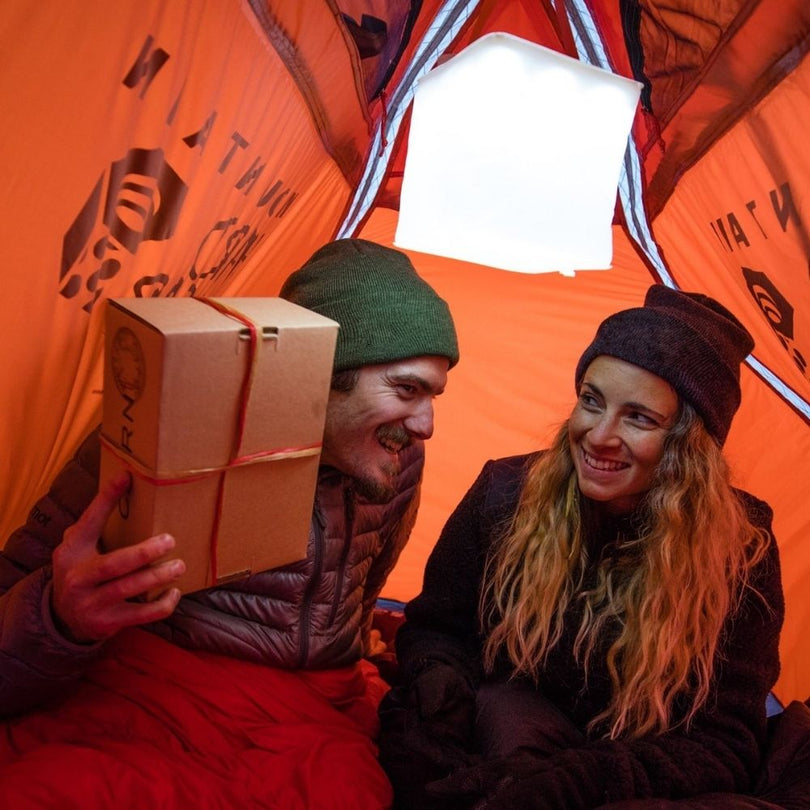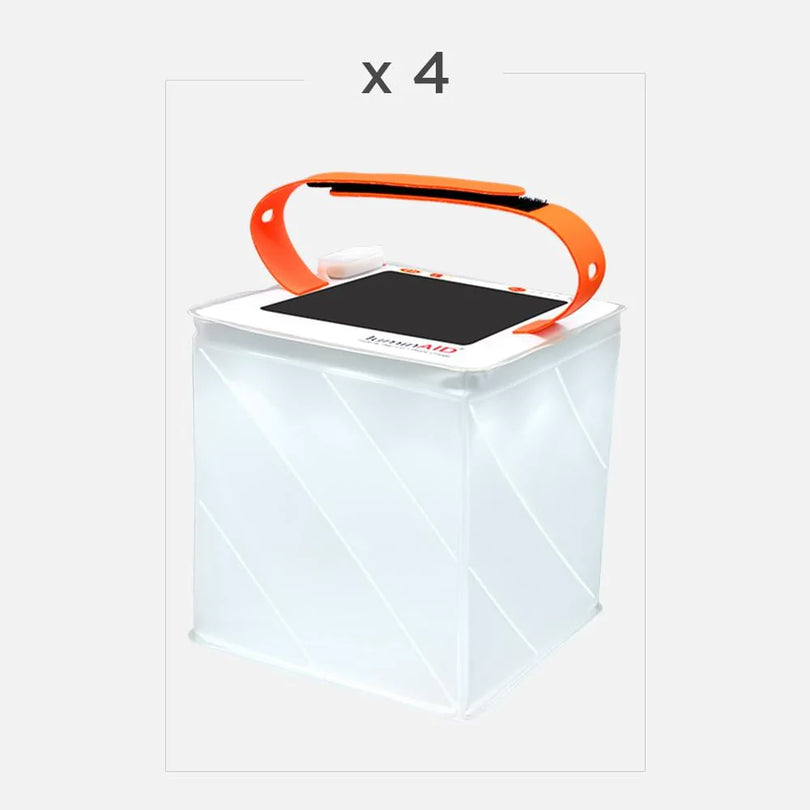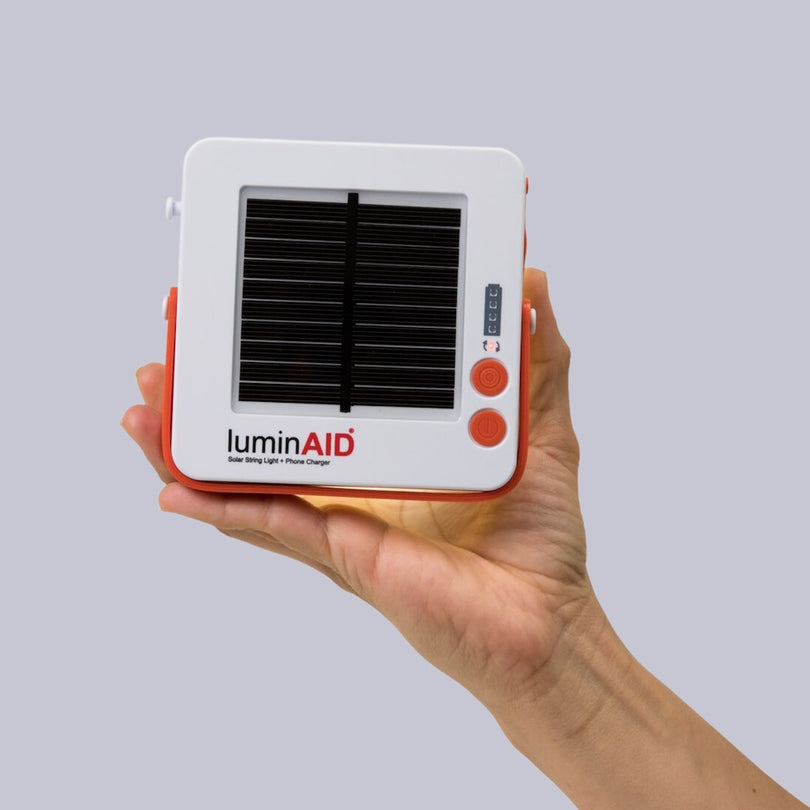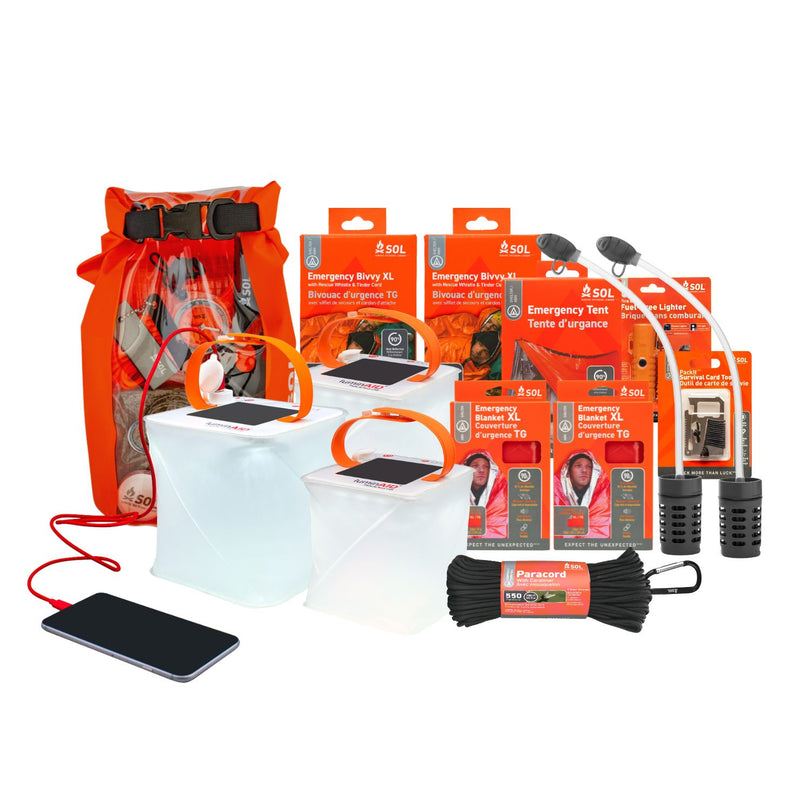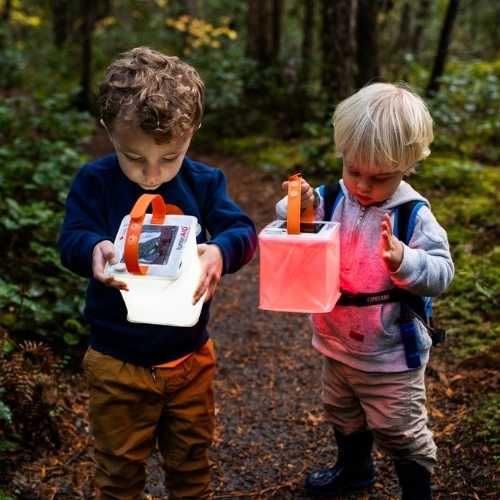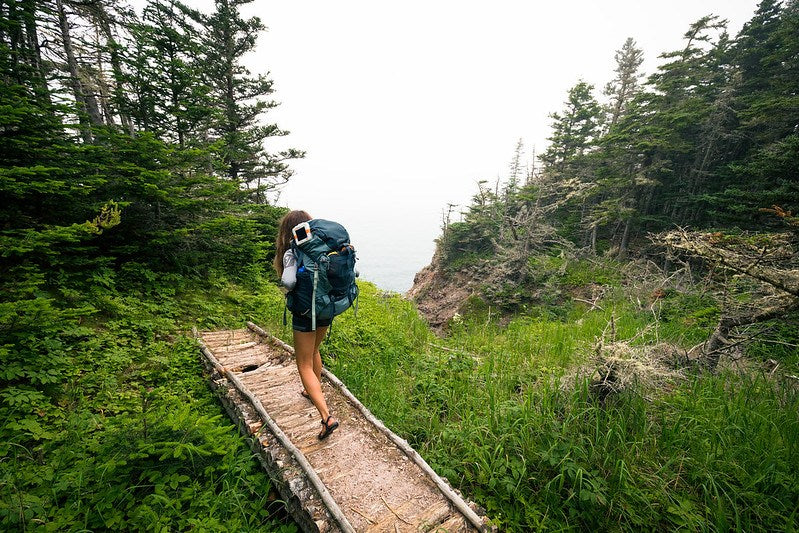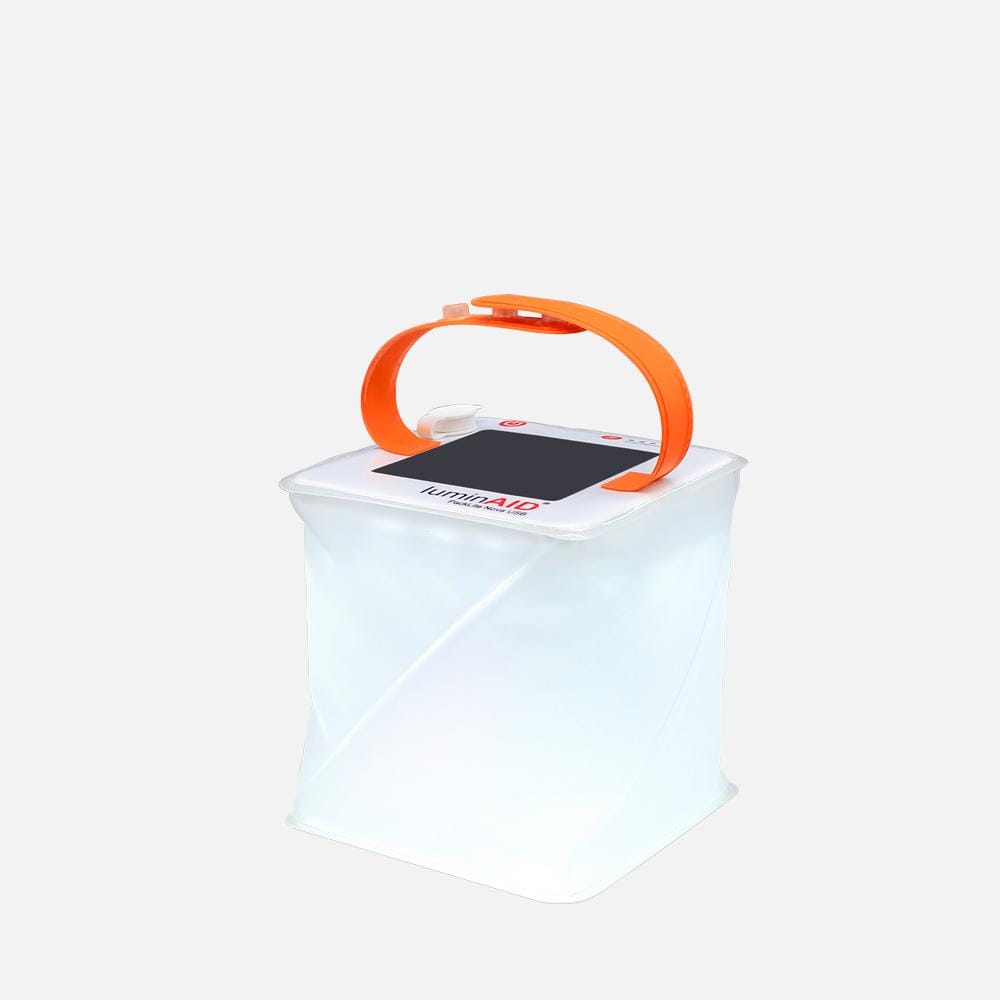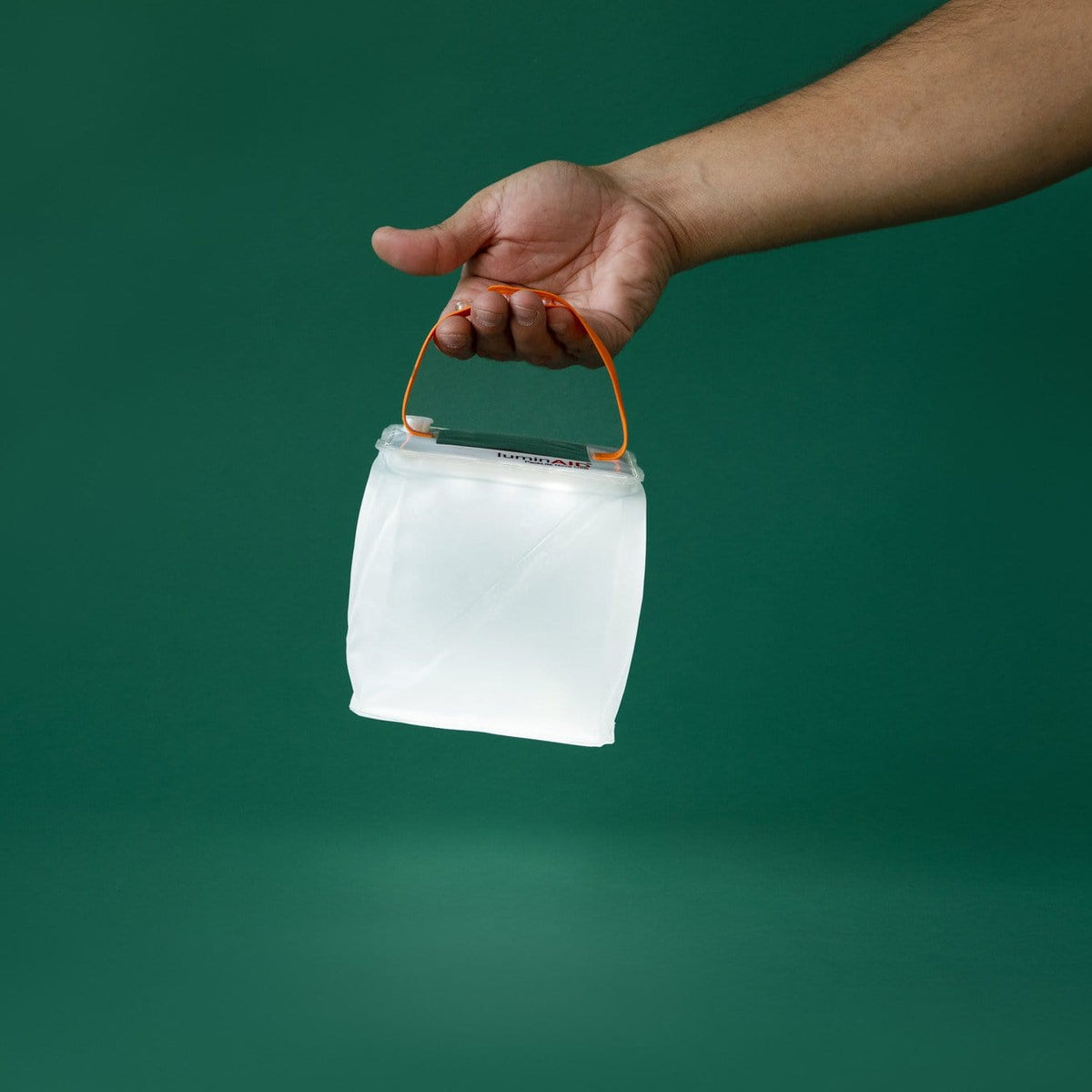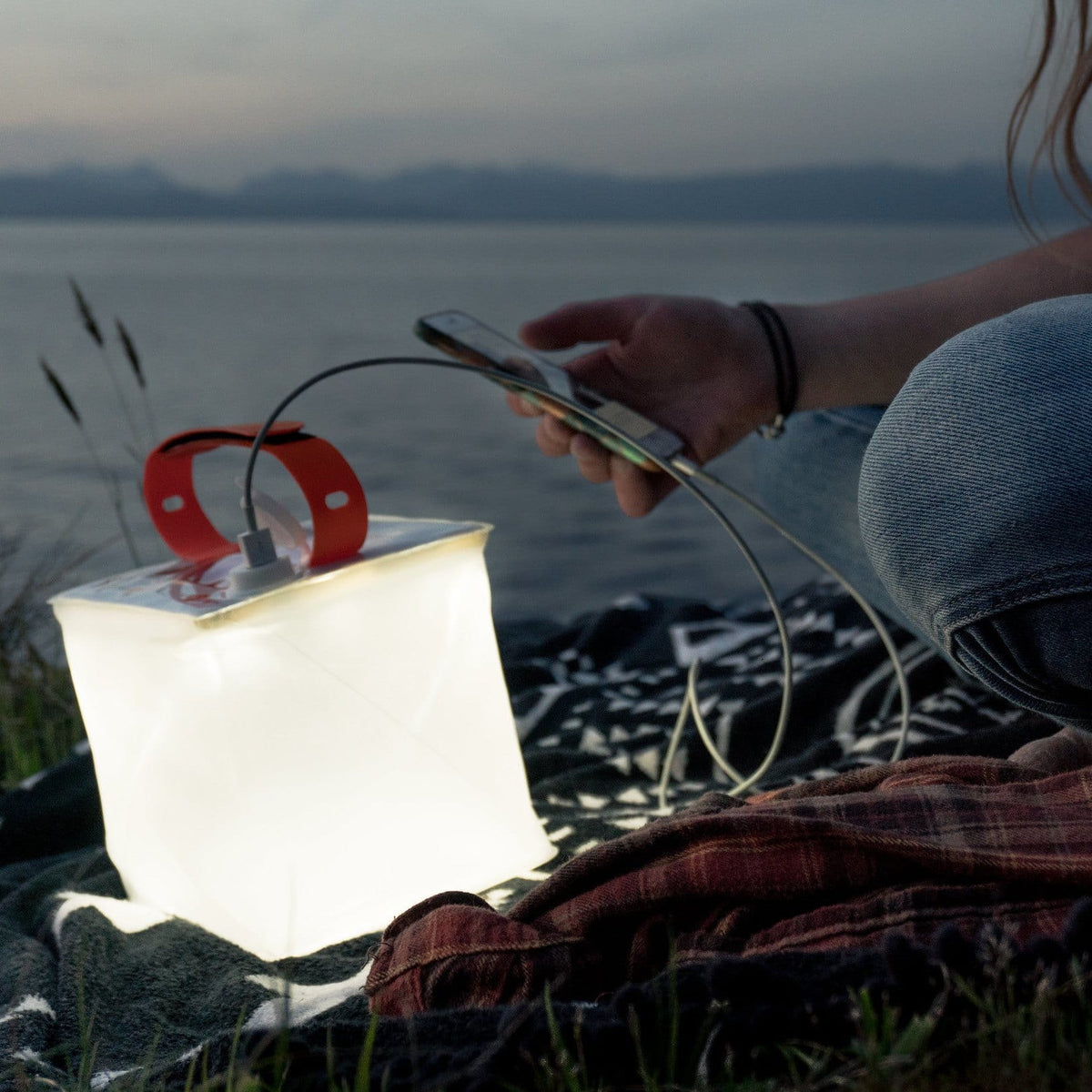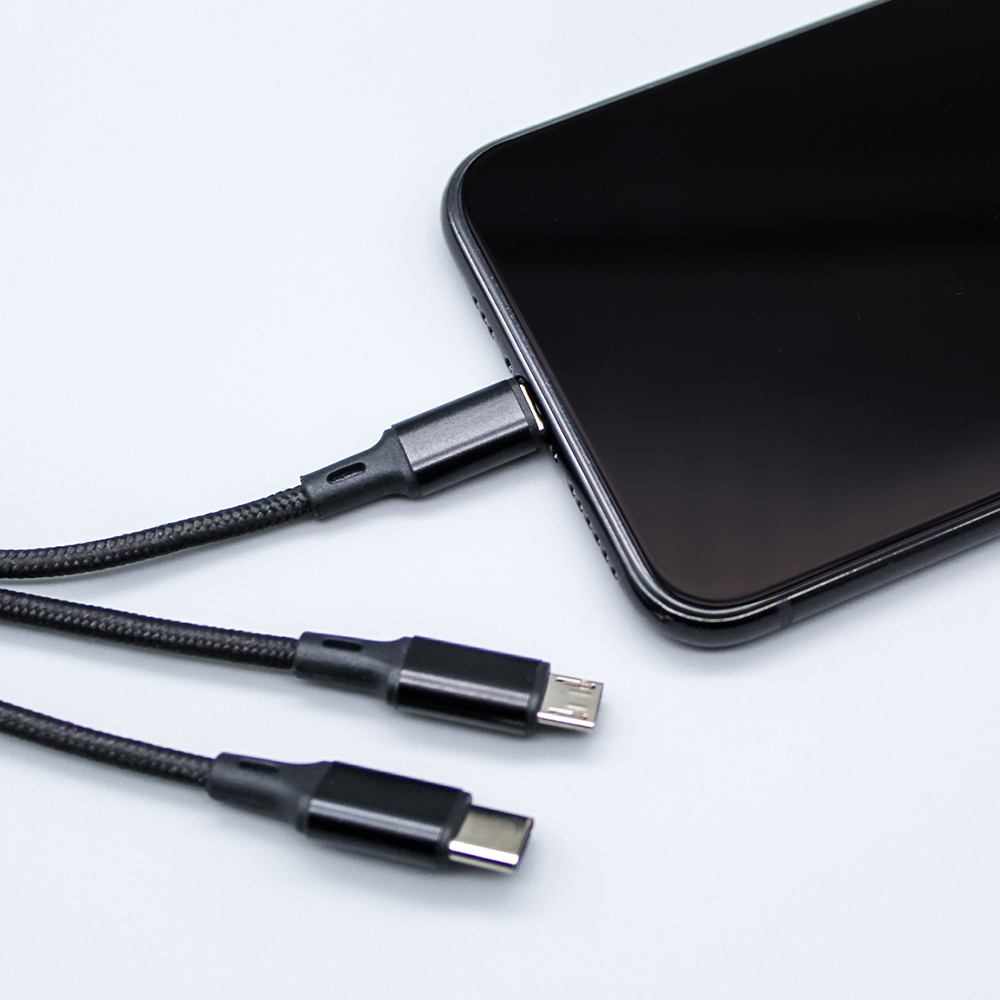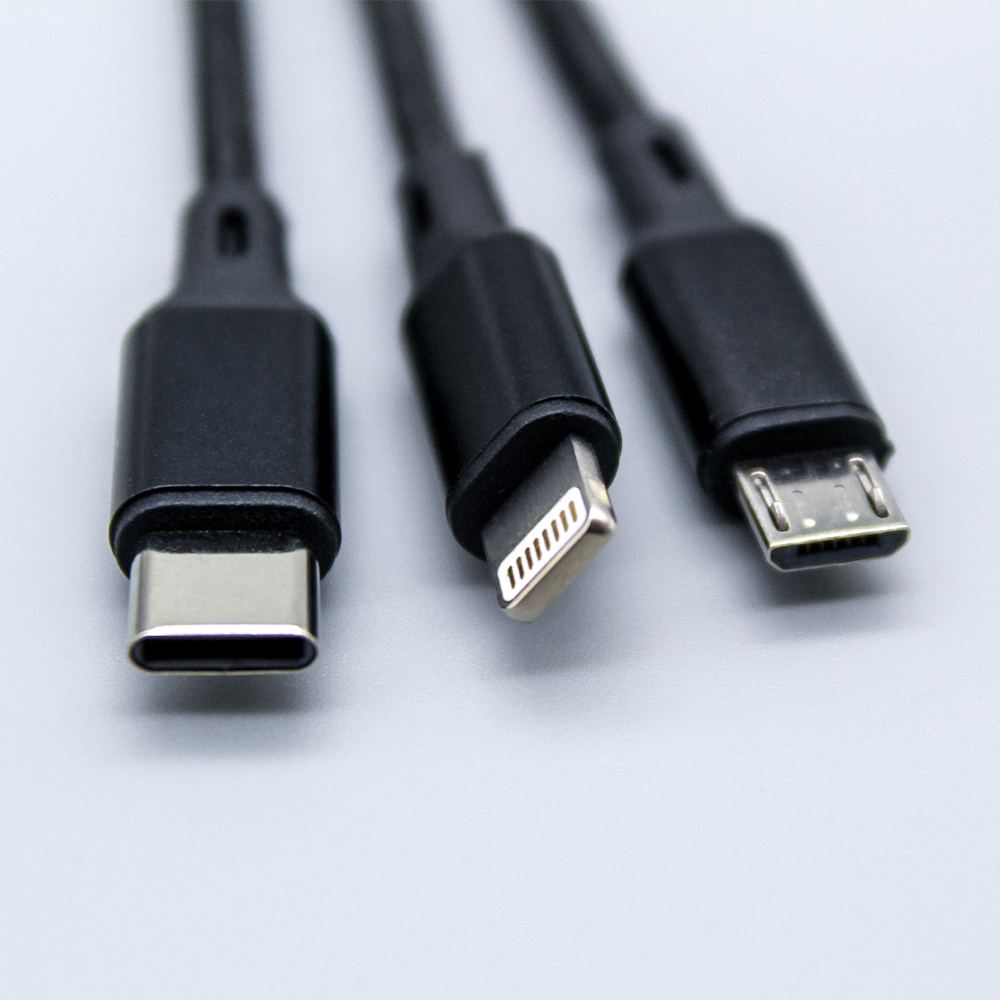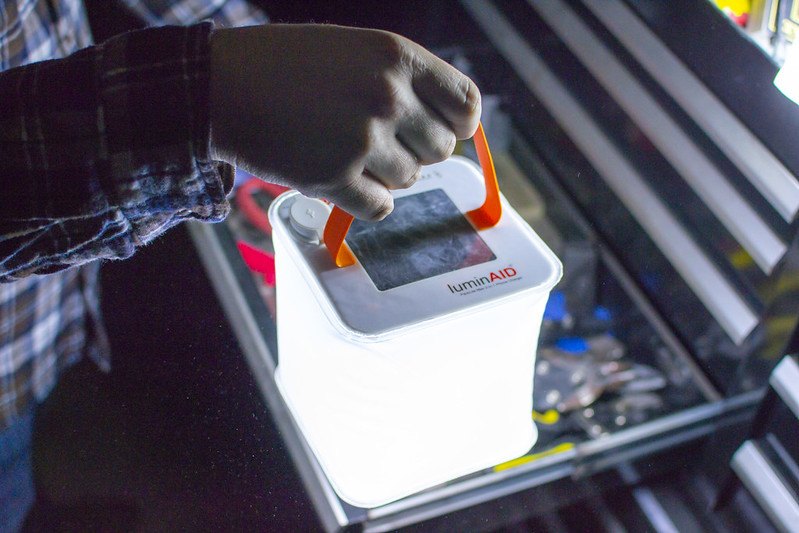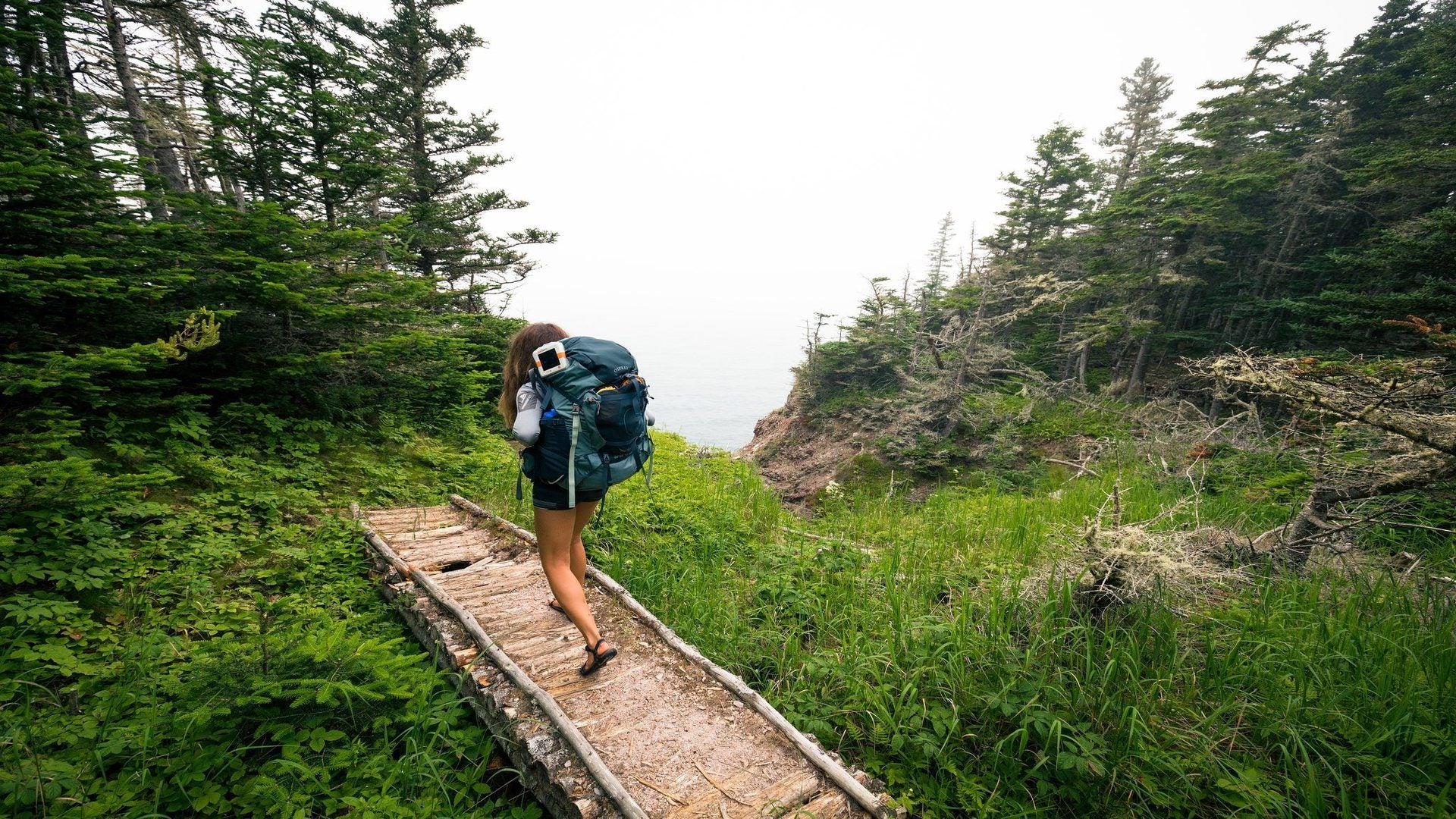There’s nothing like having nature all to yourself. Solo hiking is a great way to live in the moment and reset from your daily life. It also helps you get to know yourself and realize your own strength.
When you keep a few simple things in mind, it’s super easy to start planning your next solo hike!
Do people hike solo?
Yes, all the time! There are many solo hikers on both popular trails and remote routes. With the right preparation, anyone can hike alone–keep reading to find out everything you need to know.
Benefits of hiking alone
When you hike alone, you can go at your own pace! This means you’re not waiting for your hiking buddies to catch up, or getting left behind in the dust. You can stop to rest and drink water whenever you want, and take as many nature pictures as your heart desires.
“There is something freeing about not having to worry about anyone else or move at someone else’s pace,” says Kristen Bor, a female solo hiker. “It was almost like a force came over me that I had never experienced.”
Hiking solo also gives you time to decompress–you will get to know yourself better, which can be a meditative experience. Many solo hikers find that going on a trail alone builds their confidence and mental strength.

Dangers of hiking alone
When hiking alone, you must be aware of your surroundings at all times. Though this is a good rule of thumb for any hiking trip, the stakes are higher when you’re solo.
If you misstep, make a wrong turn, encounter an aggressive animal, or face any other danger, there may not be another hiker in the area to help you in distress. You also cannot rely on a hiking buddy’s first aid kit or extra water when you’re alone–you have to plan for every situation and pack all the supplies you might need.
Solo hiking safety tips
When hiking solo, never listen to music with earbuds or headphones. They drastically reduce your spatial awareness and increase the risk of a surprise wildlife encounter that you could have anticipated.
Always bring your own first aid kit, plenty of water, and an extra meal–plan for a scenario in which you are stuck on the trail for a prolonged amount of time.
An emergency whistle and an emergency blanket are life-saving items that are lightweight and should always be in your hiking pack.

When planning a solo hike, be sure to tell a trusted individual your planned route and the estimated time that you will be gone. This way, if you are delayed for some reason, there will be someone who knows that your plans went awry and can organize a search in the location you specified.
Another great way to share your location with others is by carrying a personal locator beacon or satellite messenger. These work even when your cell phone is out of service.
Safety tips for female hikers
Hiking alone can be daunting, especially for women, who are often taught to be wary of every situation and never to travel alone. However, there are many female solo hikers who find the experience freeing.
“We are not given a lot of opportunity to develop confidence in decision making in our younger years,” says Hiking for Her’s Diane Spicer. Spicer, a female solo hiker, believes that hiking alone builds women’s trust in themselves and confidence in their mental and physical abilities.
Emily Hart, a woman who has traveled alone to most U.S. National Parks, shares her advice on combating fear as a solo female hiker. “Society ha[s] made women believe that there is danger around every corner. The truth is that scary things do exist, everywhere. I feel more safety on the road.”
Hart urges women to try hiking solo, and argues that it’s no more risky for a woman to hike alone than to do many other things in society.
Ultimately, women who want to hike alone should not be deterred by others who warn against it. There are many safety measures they can take, such as carrying self-defense tools that will deter attackers.
Also, this applies to all hikers, but especially those who are female–trust your gut. If something feels off, it probably is. Don’t feel pressure to stick to your planned route if something or someone has raised your hackles. Sometimes the safest thing to do is turn around or ask for help.
Planning for solo hiking
Planning is an important part of your solo hiking trip. See what to plan for and consider before you hit the road.
Train for the trip
When hiking trails alone, you want to know your physical and mental limits. Training helps you find and heighten these, so you can get the most out of your hiking experience. It also helps you be realistic with yourself.
Pushing yourself beyond your physical capabilities is especially dangerous when you’re on the trail alone, because you may exhaust or injure yourself and be unable to turn to others for help.
Keep yourself safe by training for your next trip–it’s the only way to get a sense of what you’re capable of.
Start with popular hiking routes

If this is your first time hiking solo, start with a heavily-traveled trail.
This builds your comfort with hiking alone, and also ensures that your trip is low risk, because you will meet other people on the trail who can help you if need be.
Popular trails are also well-marked, so your chances of getting lost are slim. Be sure to hike a few of these before trying more remote routes solo.
If you are planning to go backpacking alone, consider how popular your route is–stick to busier trails on your first trip.
Familiarize yourself with the route
Before you hike solo, take some time to plan your route.
If possible, look at reviews of the trail so you are aware of its conditions and possible hazards.
If you are bringing a mobile device on your hike, save the map of your planned route so it can be accessed offline–chances are, you will be out of cell service for at least part of your hike.
It’s also a great idea to print out your planned route in case your device fails. Label the map with any trail specifications you are aware of.
Plan for enough water and food
The American Hiking Society recommends that you bring a half liter of water for every hour of hiking in moderate temperatures and terrain.
If this amount is too heavy to carry, bring a water filter so you can replenish your water supply on the trail. It is always a good idea to bring a backup water purification method as well.

Pack at least one extra meal, but if you have the room, pack an extra day’s worth of food. Freeze-dried meals are an easy and lightweight way to do this.
Plan for proper clothing
Wear moisture-wicking clothing and bring insulating layers.
Pack a full change of clothes in your bag–they can save your life by keeping you warm and dry.
Your feet are what carry you along the trail safely, so it’s extremely important to protect them from the elements as well.
A good pair of hiking boots is absolutely essential. Make sure they are broken in and will not give you blisters (but bring a blister kit just in case). Thick wool socks are also a must.
Check the weather forecast
Be sure to repeat this step in the days preceding your hike, and prepare accordingly. If there is any chance of rain or snow, bring the appropriate gear. No matter the forecast, pack layers that are easily stored in your hiking pack.
If the forecast is potentially dangerous, reschedule your hike. Though this may be disappointing, it is much better to be safe than to be caught in a hazardous situation.
Weather conditions can be deadly, especially if you are alone.
Learn about local wildlife
This is an essential safety precaution that all hikers should take before every hike.
It is especially important for solo hikers because wildlife-human interactions are more common when the human is alone.
Take notice of the wildlife that can pose a threat to you. For instance, if you are hiking in bear country, carry bear spray and a bear canister.
Be sure that you know how to use all wildlife precautions properly, and be mindful of your behavior and how it will be perceived by animals.
Solo hiking essentials
Now let’s take a look at the essentials for your solo adventure. You will never regret bringing these items along.
Travel light
Pack only what you are confident you can carry for the duration of your hike. Since you’re traveling alone, you won’t have a hiking buddy to turn to if your pack gets too heavy.
Opt for lightweight meals and hiking gear, and walk a moderate distance wearing your fully packed backpack before the hike. Adjust the pack’s weight if needed.
Sturdy hiking boots
When hiking, especially solo, you must protect your feet and ankles.
Invest in a good pair of hiking boots and break them in before hiking alone. This prevents blisters and injuries that are a potential danger to your trip.
Emergency kit
Always carry a comprehensive emergency kit with you–don’t rely on passing hikers for first aid supplies.
Portable lights
These are a must for any solo hike. Even if you’ve planned a short trip, you must prepare for the possibility that you’ll be on the trail after dark.
Don’t rely on your phone’s flashlight–opt for a bright, dependable, and long-lasting light source.
LuminAID’s solar lanterns are the perfect choice. They’re solar-powered and have a battery life of up to 24 hours. Plus, they’re durable, long-lasting, and waterproof!

Portable phone charger
If you plan to bring a cell phone on your hike, you’ll want to make sure it stays charged so you can use it for communication and navigation.
LuminAID’s power lanterns have a built-in phone charger! While charging your phone, you can use these lanterns which have a runtime of up to 100 hours. Just like the solar lanterns, they’re durable, waterproof, and recharge in the sun.
Solo hiking tips
Once you’re on the trail, here are some useful tips to make your journey enjoyable and minimize stress.
Keep track of time
It’s easy to lose track of time when you’re on a beautiful solo hike. Looking at the clock every so often is important so you can keep track of your progress on the trail relative to the time of day.
It’s a good idea to map out the timing of your hike beforehand to make sure you don’t get stuck on the trail after sunset. This makes it easier to compare your actual progress with your planned progress on the trail relative to the time.
Make any pace or route adjustments you may need to finish the hike before it gets dark. Trails become more dangerous after sunset, as you’re more likely to lose your way or footing.
Take photos of important turns and landmarks

Even if you’re fully confident in your sense of direction, take pictures of any important turns you make and landmarks you pass.
Trails can look very different depending on the time of day, and it’s easy for a small detail to slip your mind after a hard day’s hike.
Having a handy visual reminder is an easy thing you can do at no cost to yourself, and it may keep you from getting lost on your hike.
Don’t wear headphones
Though music and podcasts are fun, it’s important to be aware of your surroundings at all times as a solo hiker.
This will prevent surprise wildlife encounters and shorten your reaction time to any fellow hikers you may meet or hazards you may face on the trail.
Stay on trail
Hiking off trail can be fun, but it’s an easy way to get injured or lost on a solo hike. Consider sticking to trail hiking when you’re alone to ensure your safety.
Trust your instincts
This is integral when you’re hiking alone. If something doesn’t feel right, it probably isn’t. Trusting your gut can be hard to do, but it’s an important skill to practice before and during your solo hike.
Turn around (if needed)
Don’t be afraid to turn around on a hike. It can feel disappointing to leave a hike unfinished, but if it’s the right thing for you to do, do it.
How to know when to turn around
Listen to your body. If you’ve pushed yourself beyond your limits, it’s a good idea to turn around to prevent injury or exhaustion.
Listen to your gut. If something feels wrong on the trail, go back the way you came.
Bonus tips
Here are a couple of tips from our editors: keep these as mental notes during your solo hiking trip.
Be aware of hunters
Do some research to see if hunting is allowed on the land in which you’ll be hiking. If it is, and it's hunting season, be sure to take a few precautions.
Wear brightly colored clothing and make lots of noise while hiking–also, avoid going on the trail at dawn or dusk, as visibility is reduced.
As long as you take these precautions, you’ll be set to hike during hunting season.
Stay hydrated
Remember to drink plenty of water on your solo hike. You won’t have hiking buddies to remind you, so listen to your body and set a repeating timer if you need an extra nudge.
Staying hydrated is an important part of hiking health, and you can face serious consequences if you don’t drink enough water, particularly when you’re alone.
Learn basic navigation techniques
When you hike alone, you need to have a keen sense of direction. There will be times when your smartphone will be out of coverage, so you want to be familiar with the basic navigation devices like the compass. Learning to align the compass with a map, understanding magnetic north versus true north, and interpreting the landscape through this lens are invaluable skills.
For a next-level off-the-grid experience, you could also teach yourself how to read topographic maps. These maps offer more than regular maps as they depict the terrain's contours, elevations, and landmarks.
Having a physical map and compass in your pack may be beneficial when technology fails you during your solo hiking trip.
Know how to cope with loneliness
Solo hiking inherently means confronting and embracing solitude. To many, this solitude is both the allure and the challenge. Whichever the case, you should be ready mentally for extended periods of isolation. It involves recognizing and accepting the feelings of loneliness as part of the journey. What should you do?
Keep a journal, practice mindfulness, or engage in self-dialogue. These simple techniques can transform the feeling of loneliness into a period of introspection and personal growth.
You can also plan for activities that keep the mind engaged, like bird watching or nature photography.
Summary
Solo hikes are a wonderful way to relax and get in touch with yourself–they have all the benefits of hiking, and also boost your confidence and autonomy.
Hiking alone can seem daunting to some, but it’s just as safe as hiking with others if you take the correct precautions.
As long as you’re aware of the obstacles you may face alone on the trail and prepare accordingly, you’re set to have a great hiking adventure.
Be sure to plan your hike in advance, and look forward to the inner peace you’ll find on the trail!

